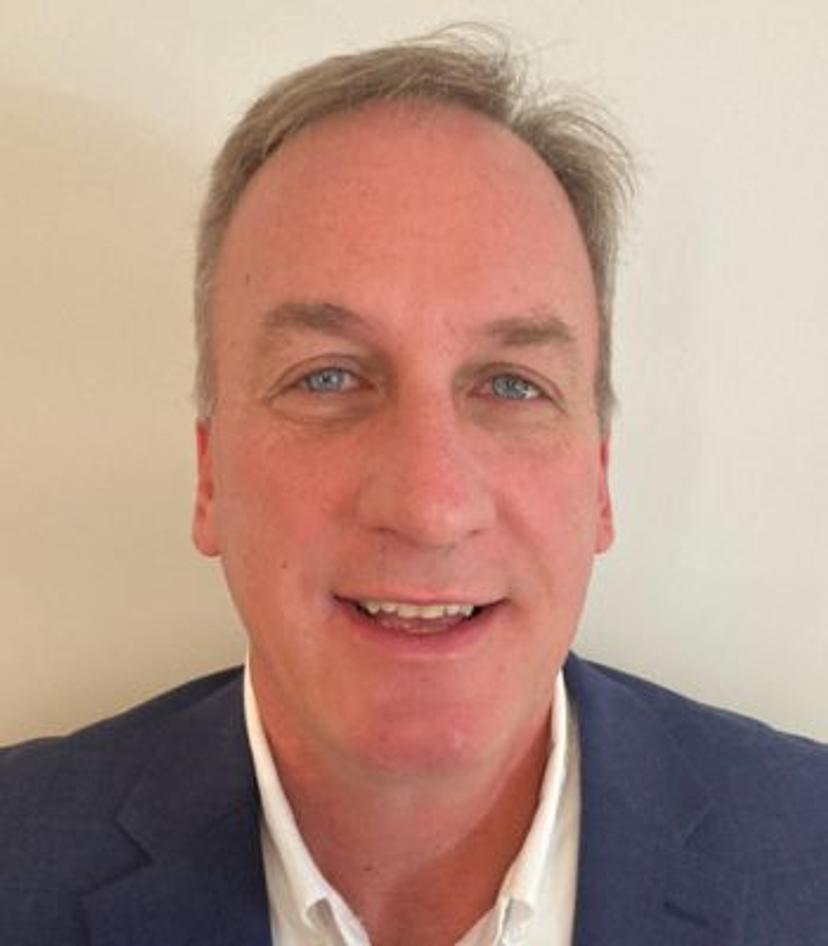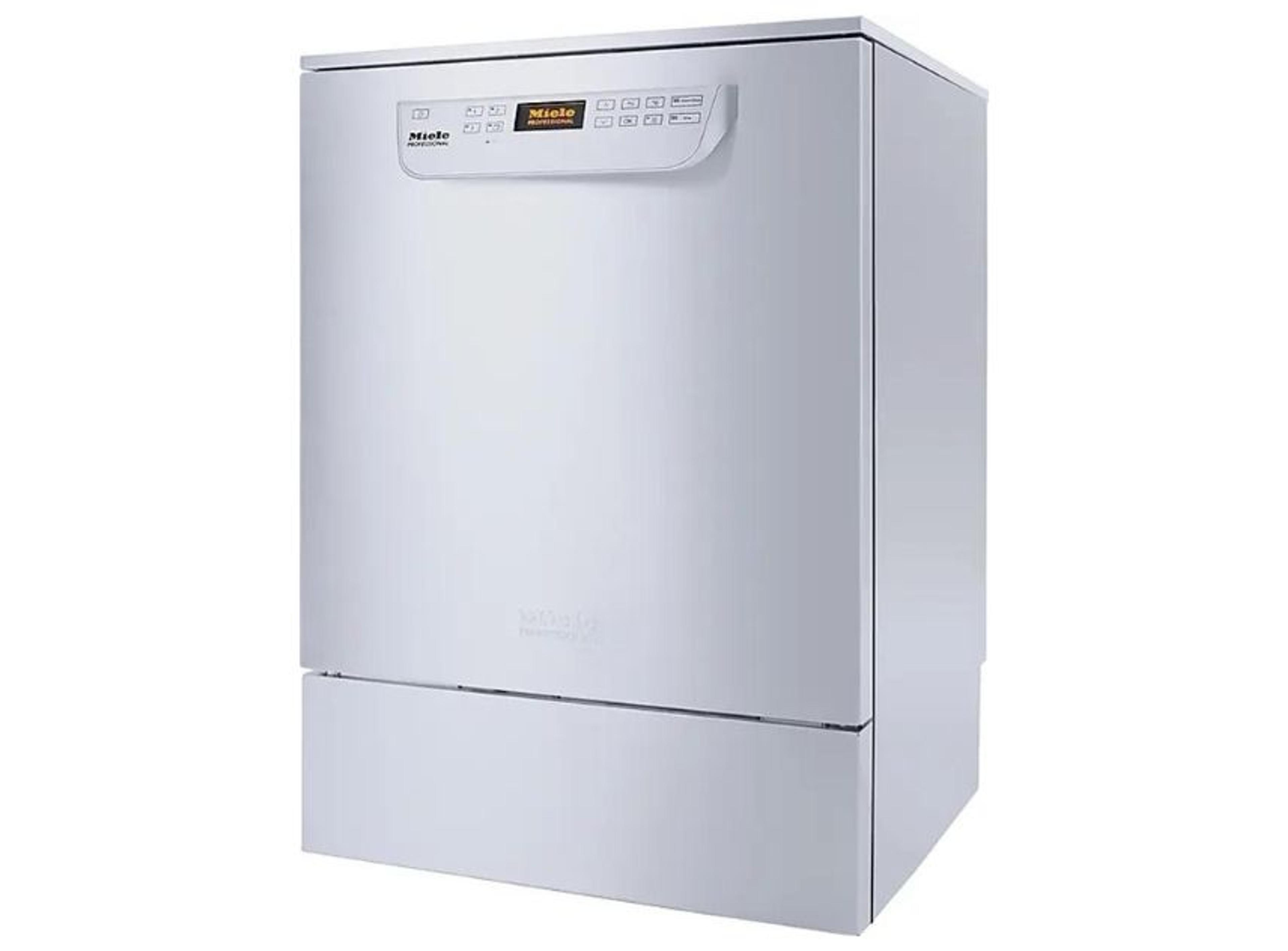Conquer laboratory cleaning hurdles with collaboration
Discover how Miele Professional’s on-site testing services can help overcome the most challenging laboratory cleaning applications
8 Jan 2024

Achieving accurate and consistent results in a laboratory setting hinges heavily on the cleanliness of the used glassware and instrumentation. In this article, John Lubas, Project and Applications Manager at Miele Professional, highlights the critical supporting role that laboratory cleaning solutions play in advancing research fields. As he outlines the testing services that Miele provides, Lubas draws attention to how collaboration and transparency are critical to consistently meeting laboratory cleaning needs.
Researchers, often engrossed in their experimentation and analysis, may not prioritize the cleaning process until complications arise. As a leader in cleaning systems, Miele recognizes the pivotal role that precise and replicable cleaning results play in research environments.
Miele offers researchers the opportunity to conduct test washes using Miele’s comprehensive range of laboratory glassware washers and ProCare cleaning products. This process, which can either be observed at its Princeton headquarters or remotely with a detailed cleaning report, ensures the researcher has confidence in their investment in the glassware washer. “Our on-site testing facility at the Miele headquarters in Princeton, New Jersey, is equipped with different models, accessories, and a pure water system for final rinsing,” explains Lubas. “The laboratory glassware washers at our facility are designed for complex cleaning challenges considering the unique designs of glassware, and the different residues that might accumulate on them.”
Miele’s Sales teams are often the first touchpoint when clients are faced with challenges related to glassware residues or difficult cleaning processes. They play a pivotal role in evaluating the client’s cleaning requirements. “Clients may have been either hand washing or cleaning glassware in ultrasonic baths, potentially using dangerous solvents. Based on the item to be cleaned and the specific residues involved, the Miele team advises the client on suitable accessories and cleaning agents,” says Lubas.
The testing process that Lubas refers to includes thorough rinsing with purified water and HEPA forced air drying, followed by testing the final rinse water for conductivity which ensures that no contaminants remain. The items are then inspected, packaged in a clean room environment, and returned with a comprehensive report documenting the entire cleaning procedure. Transparency is paramount for the Miele team, with their clients being informed of the challenges and outcomes of the test wash at every step of the process.
Additionally, researchers may also require cleaning equipment to be installed at their facilities. “In such instances, our team collaborates closely with the client, gathering inputs to understand their specific requirements including the daily volume of items to be cleaned. With this information in hand, we can then recommend the most suitable system for their facility,” mentions Lubas. “Following installation, we conduct a thorough validation process encompassing installation and operational qualification, system calibration, chamber temperature mapping, and conductivity measurements of the final rinse water. This ensures that the cleaning system is optimally set up and fit for use for the client.”
The laboratory glassware washers at our facility are designed for complex cleaning challenges considering the unique designs of glassware, and the different residues that might accumulate on them.
John Lubas
Miele Professional
The importance of using the right chemistry for laboratory cleaning
Lubas works closely with application specialists from both the factory and their chemistry supplier to choose the optimal combination of cleaning chemistry, program, and accessories. “If a residue is straightforward to clean, we can do it completely offline: for example, the client sends over the glassware, we clean and dry it, package, and send it back. But, if it is a more challenging application, we have a detailed discussion with the client as well as our internal experts to help refine the chemistry and determine the most effective method to get rid of the residue.”
Process chemicals are crucial for pre-cleaning, cleaning, and neutralization, elaborates Lubas. Miele employs a variety of detergents from its range of trusted ProCare cleaning products, available in liquid or powder form, selected according to the application at hand. Lubas highlights that an array of chemistry compounds can be used, including high and mild alkaline solutions, phosphate-free options, as well as those with surfactants or oxidizing agents. This is followed by a neutralizing phase using citric or phosphoric acid.
Stressing the importance of selecting the appropriate product based on the application and residue type, Lubas notes, “Different formulations come into play to cater to specific cleaning needs, such as emulsifiers to tackle oil residues and surfactants to remove protein residues. The ultimate objective is to get the residue off the glassware, suspending it and subsequently encapsulating and removing it from the machine. Clients can also utilize their own detergents with validated chemistry, as long as it can pass the performance tests and is compatible with Miele's machines.”
A range of adaptable, specialized cleaning solutions
Certain niche applications demand an extraordinarily specific level of cleanliness for glassware and instruments, presenting unique cleaning challenges.
Lubas shares a noteworthy instance of such a niche application, involving the cleaning of large glass lenses for laser testing:
“Our client was engaged in laser fusion energy, an innovative technology with the potential to be a future global energy source. Their experimental set-up featured large standing lenses which were required to always be meticulously clean due to the sensitivity of their experiments – even the tiniest dust particle could damage the lens and compromise the success of their tests. Meeting the stringent standard of consistency and cleanliness was a challenging task, but our team successfully delivered the level of cleanliness required for this sensitive application.”
Lubas underscores the versatility of Miele’s cleaning solutions, which are utilized by a wide array of industries. Beyond laser testing, he details that Miele supports a myriad of applications, including installing machines for small batch pasteurization in the food and beverage sector as well as wastewater treatment plants, aquatic tank washing, cleaning DNA sequencing plates and other blood analysis trays at blood banks, and cleaning parts for hip and knee replacements in the biomedical field.

Moving towards a sustainable laboratory
In response to the growing concern for sustainability in laboratories, Lubas elaborates on how Miele integrates eco-friendly practices into its design and manufacturing processes. Reflecting on sustainable practices that the team has embraced, Lubas shares, “Our glassware washers previously relied on an AC motor-enabled circulation pump that runs at a fixed speed to help rinse glassware. However, we have transitioned to a frequency-controlled pump with a permanent magnet motor which powers eco-friendly optimal cleaning. Unlike the AC motor-enabled pump, the frequency-controlled pump is a greener option as it enables variable speeds which helps optimize energy use, while also lasting longer. Similarly, departing from the conventional pressure switch-based water meter used by others, which brings in consistent water amounts for each wash and inevitably leads to water wastage, we have switched over to a precise water meter for adjustable water fill amounts, preventing wastage.”
Miele’s laboratory glassware washers such as the PG 8583 proudly bear the ACT® label, a third-party verification denoting accountability, consistency, and transparency in the manner the products are designed. The ACT label provides purchasing managers with a transparent view of the environmental impact of laboratory products. “By assessing factors like energy sources, water reuse, and recyclability, the label provides an environmental impact factor rating. Our laboratory glassware washers are designed to last a minimum of 15 years and consciously use environmentally friendly chemistries. Looking to the future, we will continue to offer eco-friendly cleaning systems aligned with evolving technological demands,” concludes Lubas.

